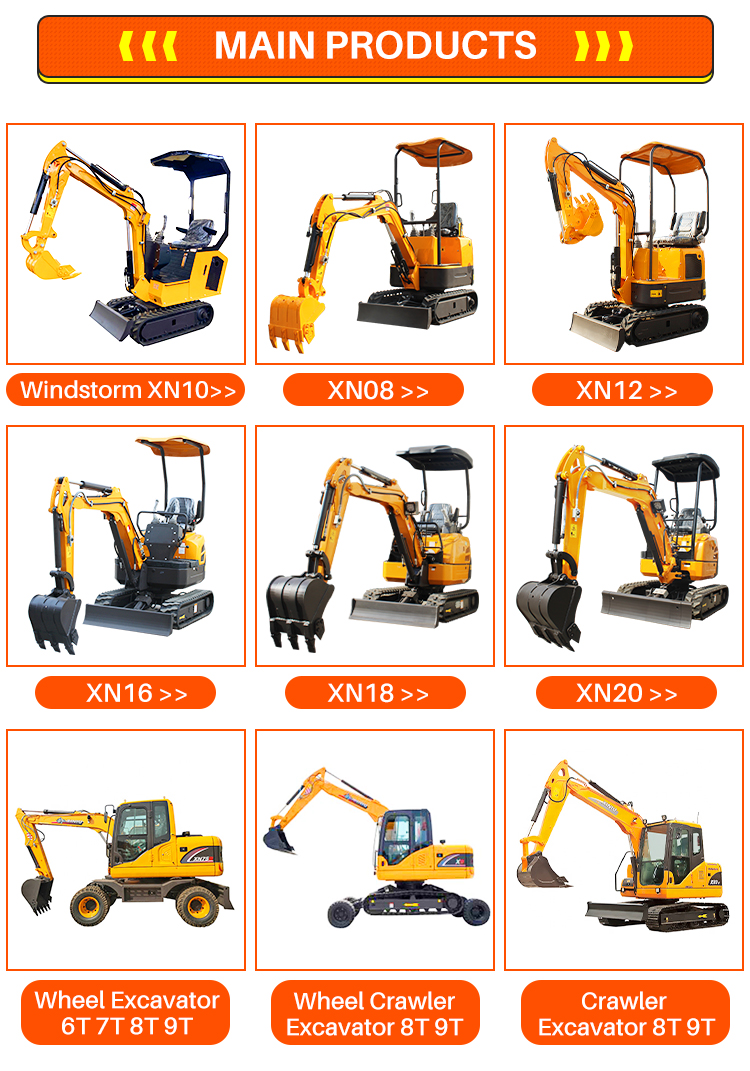My first encounter with DC motors was during a small elevator project for a school science fair. Little did I know that this simple experiment would mark the beginning of my journey with motor technology.
The elevator worked perfectly during testing, but it failed at the critical moment. I used wood to build the frame and a pulley system with strings to lift a cardboard box. (Back then, I hadn’t learned about gear or pulley ratios, so my elevator was more like an ejector seat than a real one.) For control, I used a battery, a switch, and a DC motor. In short, I didn’t have enough power left for the final demonstration—my battery ran out before the show. Looking back, I should’ve changed the battery just before presenting. Still, I passed the class because someone saw the elevator work and vouched for me.
That was my first experience with a DC motor. Can you guess which type I used? We’ll come back to that later.
### Types of DC Motors
There are two main types of DC motors: brushed and brushless. Both are permanent magnet DC motors, as they both use a segmented permanent magnet rotor. The key difference lies in their commutation method. One uses brushes, while the other does not. These motors are typically used in speed control applications.
### Driver or No Driver?
Brushed DC motors are self-commutated, meaning they can operate without a drive circuit. Brushless DC motors, on the other hand, cannot self-commutate and require a driver circuit. This circuit uses transistors to direct current to different winding coils of the motor.
### Design & Operation
A motor energizes a set of electromagnets in its stator in sequence to create rotation with its permanent magnet rotor. A north pole on the stator attracts the south pole on the rotor, following the basic principle of all permanent magnet DC motors. The way they do it, however, is different.
Brushed motors have a commutator and brushes inside. The commutator rotates with the rotor, while the stator remains stationary. When power is applied, specific sets of electromagnets in the rotor are energized, attracting and repelling the stator's poles. As the rotor turns, the brushes mechanically switch to the next set of electromagnets, repeating the process until the power is turned off. Reversing the polarity of the power supply changes the motor’s direction.
Brushless motors, on the other hand, use a dedicated driver circuit. Instead of brushes, they rely on Hall Effect sensors to detect the rotor’s position. The driver then uses transistors to electrically excite the stator poles, rotating the rotor. Oriental Motor refers to these as "brushless motors" since they can be driven by either AC or DC inputs.
### Feedback
Another key difference between the two is that brushless motors require feedback to function properly. The Hall Effect IC senses the rotor’s magnets, converts the signal to digital, and sends it back to the driver. This data helps determine the timing for phase excitation and also allows for speed regulation.
### Speed Control Performance
Both brushed and brushless motors offer similar performance. Their speed-torque curves are comparable. For brushed motors, speed and torque can be controlled by adjusting the input voltage. However, increasing voltage may lead to excessive heat, reducing the motor’s duty cycle.
Brushless motor drivers optimize the speed-torque curve for consistent performance. They adjust the excitation sequence to rotate the motor faster when needed.
### Summary/Comparison
You probably guessed that I used a brushed motor for my elevator project. While brushless motors are superior in many ways, a brushed motor was sufficient for my simple, one-off project. Plus, I didn’t know how to build a driver, and keeping costs low was important.
Here’s a quick comparison of the benefits of each:
- **Brushed Motors**: Simple, inexpensive, easy to control.
- **Brushless Motors**: More efficient, longer lifespan, quieter, require less maintenance, better speed control.
Brushless motors are becoming increasingly popular due to their versatility and reliability. While brushed motors are still common in household appliances and cars, brushless motors are now widely used in industrial and automation applications, from conveyors to AGVs.
If you're interested in learning more, here's a short article comparing brushless, brushed, and AC motors.
Enjoy this short video about our brushless motors.
Xiniu Mini Excavators
XINIU Mini excavators have exported more than 5 years,have Windstorm 0.8T XN10,0.8T XN08 ,1.2T XN12,1.6T XN16 ,1.8T XN18,2T XN20 ,2.5T XN25,3.5T XN35,4.5T XN45,there are different engine of these models for different market,main market are Europe,US,Canada,AU,NZ.....Every year exported more than 5000 units.

Mini Excavator manufacturer here, our brand is Rhinoceros/ XINIU. We can ship internationally to almost all over the world. We calue our customers and take pride in delivering a fast and friendly service with the aim of seeking long term trading relationships. Please feel free to contact us for further information.
Email: sales4@sdxiniu.com Contact: Ms. Jessie Du
whatsapp:+86-18769517398
wechat:13375605858
Xiniu Mini Excavators,Xiniu Mini Excavator Machine,Xiniu Small Excavator,Xiniu Micro Excavator
SHANDONG KEN STONE HEAVY MACHINERY CO.,LTD , https://www.chinaexcavator.com
